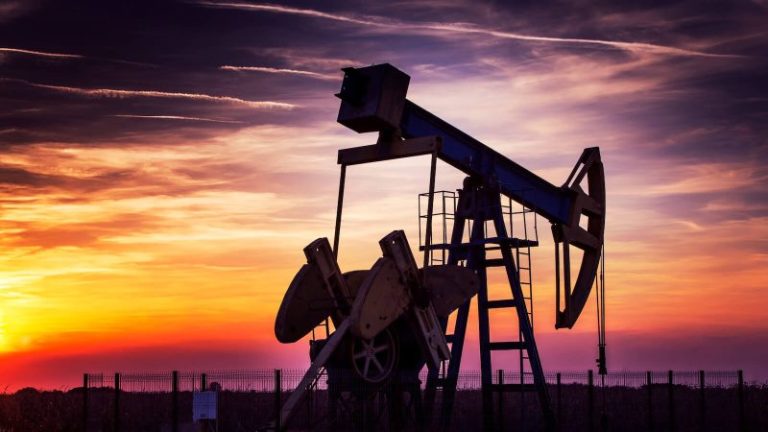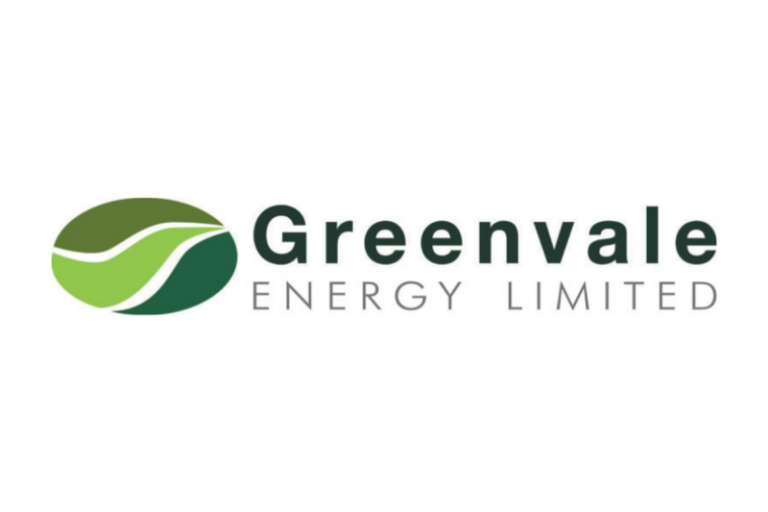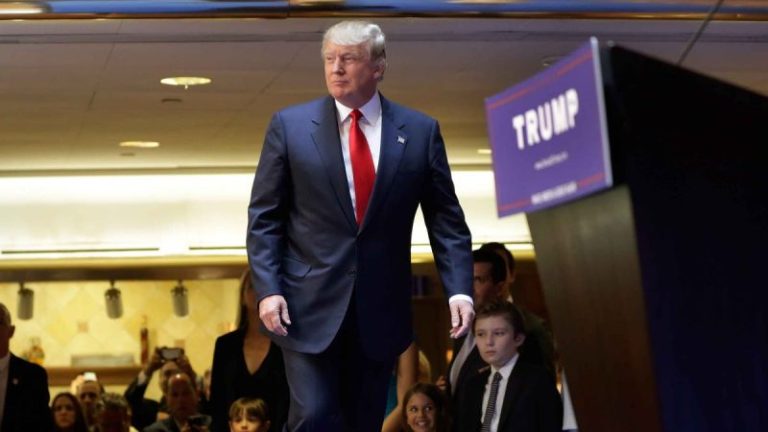According to market intelligence firm Newzoo, global gaming revenue came in at US$177.9 billion in 2024, with mobile gaming accounting for more than half of that amount at US$97.6 billion.
The firm states that the mobile gaming market has reached maturity but still achieved higher growth than the console and PC segments, with revenue up by 2.8 percent globally last year. The regions driving that growth are North America and Europe, where markets rebounded due to big releases and diversified revenue streams.
Mobile games are typically accessed through three core operating systems: Apple’s (NASDAQ:AAPL) iOS, Microsoft’s (NASDAQ:MSFT) Windows and Alphabet’s (NASDAQ:GOOGL) Android. Notably, the iOS App Store generated nearly 37 percent of its revenue from mobile gaming apps in 2024, totaling US$3.83 billion. However, figures show that most mobile games on the market today are developed for Android, representing 75 percent of total mobile game downloads.
For investors interested in getting exposure to mobile gaming as the market gains momentum, here’s a look at the top 10 mobile gaming stocks by market cap. All data and figures were accurate as of June 2, 2025.
1. Roblox (NYSE:RBLX)
Market cap: US$60.97 billion
Roblox is the company behind the well-known game platform of the same name. First launched on PC in 2006, in recent years Roblox has become the most popular free-to-play online gaming platform, particularly amongst children and teenagers.
The company draws a majority of its revenues by selling virtual currency known as Robux for in-app purchases.
According to the company’s Q1 2025 report, Roblox garnered over 97.8 million daily active users in the first quarter of 2025, up 26 percent from the same period last year. The platform’s most popular games are role-playing games Brookhaven and Blox Fruits.
2. Take-Two Interactive Software (NASDAQ:TTWO)
Market cap: US$40.15 billion
New York-headquartered Take-Two Interactive Software is a holding company that owns several significant gaming labels that develop and publish video games for Xbox, PlayStation and Nintendo consoles as well as PCs and mobile devices. Some of Take-Two’s most popular game series are widely recognized around the world, including Grand Theft Auto (GTA), Red Dead Redemption and Borderlands.
The majority of Take-Two’s mobile games are published by Zynga, a developer of free-to-play games that Take-Two acquired in 2022 for US$12.7 billion. The publisher’s properties include 2009 hits FarmVille and Words with Friends.
Last year, Zynga’s highest grossing game according to Statista was Empires & Puzzles: Dragon Dawn with approximately US$147 million in revenue, and its most-downloaded title was CSR 2 Realistic Drag Racing.
While Rockstar is largely focused on console and PC games, several of its older games were ported to mobile, such as the classic GTA III, GTA San Andreas and GTA The Trilogy Definitive Edition.
3. Electronic Arts (NASDAQ:EA)
Market cap: US$36.6 billion
Electronic Arts (EA) is a leading gaming and esports company with video game offerings across many genres, from sports to action/adventure to role playing to family games. The California-headquartered company owns many well known series, including the Sims, Madden NFL, FIFA, Battlefield, Need for Speed, Dragon Age and Plants vs. Zombies.
EA has increased its focus on the mobile gaming segment in recent years, and in early 2024 announced it would focus on its fully owned mobile games portfolio instead of its licensed games with other brands. Leading up to that, the company merged its mobile and HD franchise teams across EA Sports FC, Madden NFL and The Sims.
In March 2025, EA announced a partnership with games marketing company Flexion, who will help EA publish its mobile games on the Amazon Appstore, Samsung Galaxy Store, Xiaomi’s GetApps and ONE Store.
4. Tencent Holdings (OTC Pink:TCEHY,HKEX:0700)
Market cap: US$25.78 billion
Tencent Holdings is a Chinese conglomerate with significant holdings through a wide array of sectors. Its large gaming segment built through acquisitions and investments has made it the world’s largest gaming company by revenue.
Tencent owns Riot Games, maker of the popular PC game League of Legends, a multiplayer online battle arena game with a monthly active player base of between 117 million to 135 million. The expanding League of Legends franchise also features three mobile games: Wild Rift, Team Fight Tactics and Legends of Runeterra.
The company also released PUBG Mobile based on the PC game PlayerUnknown’s Battlegrounds. The multiplayer battle royale game is available on Android and iOS.
Tencent is now focusing on building up its in-house AAA and console gaming business segment in order to better compete with western gaming companies.
5. Unity Software (NYSE:U)
Market cap: US$10.91 billion
San Francisco-based Unity Software develops the core software technology or building video games and interactive experiences. It offers developers a suite of tools for designing and launching 2D and 3D games as well as virtual and augmented reality applications. This includes the ability to create and host large-scale, multi-player games.
Two of the most popular mobile games built on the Unity Software engine are the online multiplayer social deduction game Among Us, developed by game studio Innersloth, and augmented-reality mobile game Pokémon Go, developed and published by Niantic in collaboration with Nintendo Co. (LSE:0K85,TSE:7974) and The Pokémon Company.
Although in its Q1 2025 financials, Unity saw its grow revenue and create revenue drop by 4 percent and 8 percent, respectively, year-over-year, its financial performance still included exceeding the high-end of its revenue guidance by 5 percent, and its adjusted EBITDA by 29 percent.
6. Playtika (NASDAQ:PLTK)
Market cap: US$1.79 billion
Headquartered in Israel, Playtika Holdings claims to be among the first mobile gaming entertainment companies to offer free-to-play social games on social networks and on mobile platforms. Today, Playtika has a diverse portfolio of game titles accessed by more than 29 million monthly active users last year.
Playtika has built its mobile entertainment platform through eleven strategic acquisitions totaling US$337 million aimed at increasing its breadth of entertainment genres and leveraging its Boost platform to enhance game operations. Playtika’s most recent acquisition was mobile gaming company SuperPlay, which it picked up for US$700 million in late 2024.
In its first quarter of 2025, the company reported a record quarterly revenue of more than US$700 million. This is up 8.4 percent over the same period in the previous year.
7. Corsair Gaming (NASDAQ:CRSR)
Market cap: US$951.33 million
Corsair Gaming is a global powerhouse in the development and manufacturer of high-performance gamer gear, including keyboards, mice, game controllers and headsets.
While the company primarily targets PC gamers, Corsair has moved into the mobile games market in recent years with the launch of its SCUF Nomad, a compact Bluetooth controller designed for competitive gamers with iPhones. The controller expands to fit the user’s phone in the center and work with any games that offer controller support.
8. Inspired Entertainment (NASDAQ:INSE)
Market cap: US$208.84 million
Inspired Entertainment is a gaming technology company that offers content, tech, hardware and services both offline and online gaming, betting and social gaming platforms. This includes digital games across more than 170 websites.
Last year, the company launched a number of online and mobile slot games, including Gold Cash Free Spins and Big Piggy Bank. In January 2025, Inspired announced the release of its online and mobile slot games into the regulated Brazilian market.
9. PLAYSTUDIOS (NASDAQ:MYPS)
Market cap: US$186.86 million
PLAYSTUDIOS develops free-to-play mobile games for its brand partners in the travel, leisure and entertainment sectors. Through its playAWARDS platform, mobile gamers can earn brand offerings as in-game rewards. The platform has a player network of more than 4.2 million gamers and 737 award partners, including brands such as Royal Caribbean International, MGM Grand and Cirque de Soleil.
The company will be offering its social casino games players an opportunity to win trips to the Atlantis Paradise Island resort in the Bahamas, and seats in the second annual US$1 million myVIP World Tournament of Slots, which will take place at the resort in October 2025.
PLAYSTUDIOS’ full year 2025 guidance for net revenue is US$250 million to US$270 million.
10. MotorSport Games (NASDAQ:MSGM)
Market cap: US$16.24 million
Florida-based Motorsport Games develops and publishes motorsport games, and organizes esports racing competitions and content.
It is officially licensed to develop and publish video games for the FIA World Endurance Championship and the 24 Hours of Le Mans. Motorsport Games’ rFactor 2 is an official racing simulation platform of Formula E, and it powers the F1 Arcade venue chain via a partnership with Kindred Concepts.
In April 2025, Motorsport announced a strategic investment of US$2.5 million led by virtual reality hardware company Pimax Innovation. The two companies plan to combine their offerings to create immersive VR racing sims.
Securities Disclosure: I, Melissa Pistilli, hold no direct investment interest in any company mentioned in this article.
This post appeared first on investingnews.com









